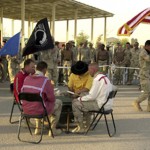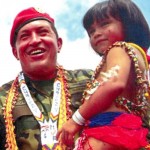By Jerry Cornfield, The Herald
OLYMPIA — A controversial bill that would have required background checks on private gun sales appears doomed after its supporters failed Tuesday to round up enough votes to pass it in the state House.
An apparent deal seemed in place Tuesday morning after the author agreed to put the matter before voters this November.
While the move helped Rep. Jamie Pedersen, D-Seattle, pick up the votes of a couple of undecided Democrats, it reportedly cost him support of other Democrats who disliked placing it on the ballot as a referendum.
As a result, Pedersen and House Speaker Frank Chopp, D-Seattle, spent the afternoon and evening trying to pull together the 50 votes needed for passage in the chamber.
Shortly before 8:30 p.m. they gave up as the House adjourned, leaving Pedersen disappointed and sounding defeated.
“It was too big of a stretch for this year,” Pedersen said.
The bill could still be pushed to the floor today before a 5 p.m. deadline to act on House and Senate bills not tied to the budget.
Melinda McCrady, spokeswoman for the Democratic caucus, said it is not expected to come up “but I can’t say that it won’t happen.”
Backers of the bill huddled Tuesday to consider making another run at approving the bill today.
“I don’t know what happened. They couldn’t get the right combination but I am telling you it’s not over,” said Rep. Ruth Kagi, D-Seattle.
Supporters of gun control began the session confident they could toughen Washington laws with the slayings of Sandy Hook elementary students fresh in the mind of the public.
They ran into a wall of opposition from Republicans as only Rep. Mike Hope, R-Lake Stevens, committed to voting for this bill. The National Rifle Association organized a strong counterattack by arguing the proposed check wouldn’t stop gun violence.
Pedersen teamed with Hope to introduce House Bill 1588 to ensure background checks are conducted in the course of most gun sales in the state.
Gun buyers currently must undergo a background check when they purchase a weapon from a federally licensed firearms dealer. It is conducted through the National Instant Criminal Background Check System. House Bill 1588 would extend such checks to cover private gun transactions including those at gun shows.
Under the bill, exemptions are provided for people with proper law enforcement credentials or a valid concealed pistol license because they would already have the proof needed to complete a private gun purchase.
Those who don’t have such documentation could go to a licensed gun dealer or local law enforcement agency, pay a fee and get a background check. A certificate good for 30 days would be issued. A person would show the certificate when they acquire a weapon from a private seller.
Buyers of antique firearms — defined as weapons made and sold before 1899 — are would be exempt from undergoing the checks.
Pedersen radiated optimism before lunch after he agreed to add the referendum clause. He has said polls show the public backs universal background checks by a wide margin.
“I feel a pretty good amount of confidence that it works and that we can defend it at the ballot box,” he said.
Hope, a Seattle police officer, has said the bill won’t stop gun violence but may put a crimp in the ability of criminals to buy guns illegally through private transactions.
Long before the House adjourned, most lawmakers had made up their minds and were ready to vote.
“We have to do something. If this is all we can do then it is a start,” said Rep. Luis Moscoso, D-Mountlake Terrace.
Rep. Mike Sells, D-Everett, called it a “pretty modest proposal to try to keep guns out of the hands of felons.”
Focusing on background checks is too narrow an approach, said Rep. Dave Hayes, R-Clinton, who is a Snohomish County sheriff’s detective.
He said he wanted the state to do a better job at preventing people with mental problems from obtaining weapons. He also said laws governing when a person can be committed for care either voluntarily and involuntarily need revision.
“I want to take a step back and take a really thoughtful approach,” he said.
Debating gun control laws is personal for another opponent, Rep. Dan Kristiansen, R-Snohomish.
He said he had an uncle murdered in Minnesota years ago and nothing in the bill would have prevented that killer from obtaining a weapon.
However, he said the bill will make it tougher in Washington for an honest person to “have that equalizer” in such a situation.
Meanwhile, backers of stronger gun control laws are ready for a potential ballot battle.
They formed Washington Alliance for Gun Responsibility last month and put veteran political tactician Christian Sinderman at the helm.
“We’d like to see something move forward,” Sinderman said as action stalled in the House. “For too long this debate has been too narrowly focused and dominated by a single special interest.”
The Associated Press contributed to this report.


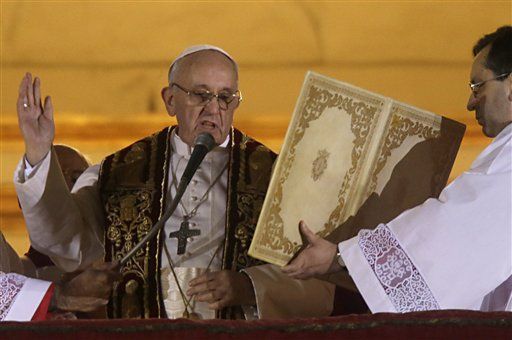

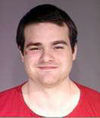

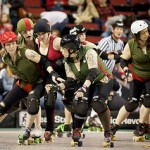
 couple of cans of food (or just a little cash) to donate to the Ballard Food Bank at our Show Us Your Cans donation bins. The first 250 fans to donate will even get some sweet Rat City swag! You can also support local youth activities by buying delicious cookies from our featured charity of the month, the Girl Scouts of Western Washington, investing in some 50/50 raffle tickets from the Seattle Derby Brats, or just cheering your heart out for the Northside Youth Program Drill Team during our intermission show.
couple of cans of food (or just a little cash) to donate to the Ballard Food Bank at our Show Us Your Cans donation bins. The first 250 fans to donate will even get some sweet Rat City swag! You can also support local youth activities by buying delicious cookies from our featured charity of the month, the Girl Scouts of Western Washington, investing in some 50/50 raffle tickets from the Seattle Derby Brats, or just cheering your heart out for the Northside Youth Program Drill Team during our intermission show.


